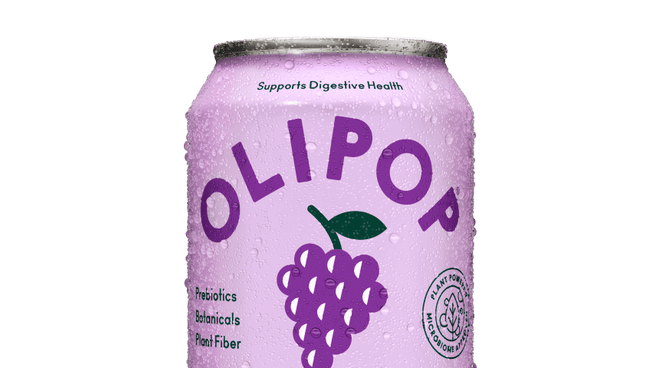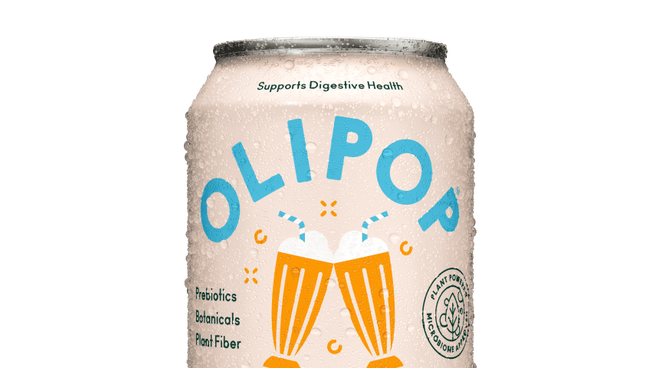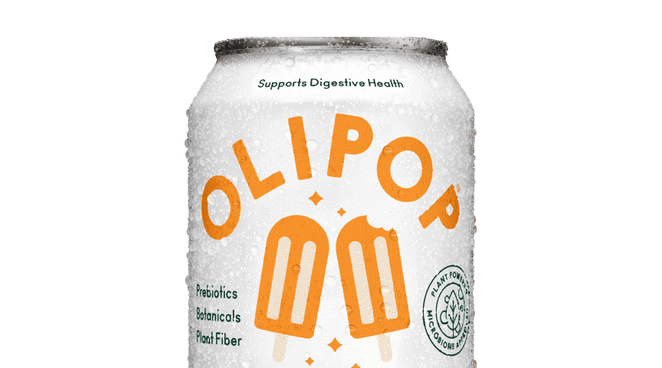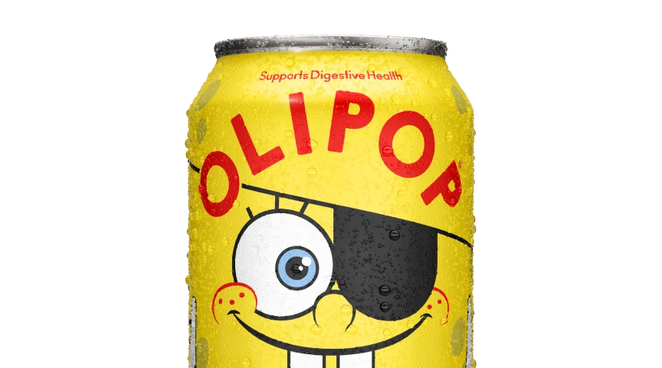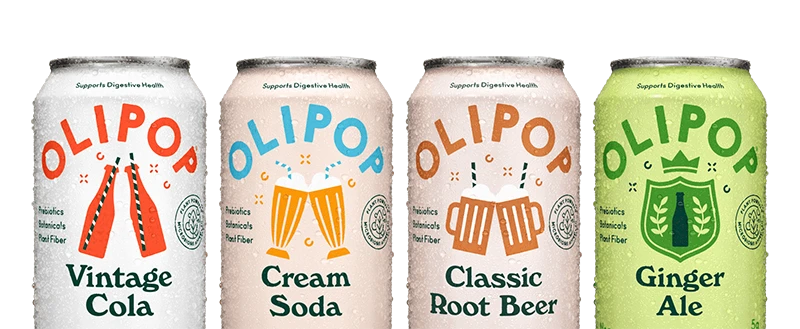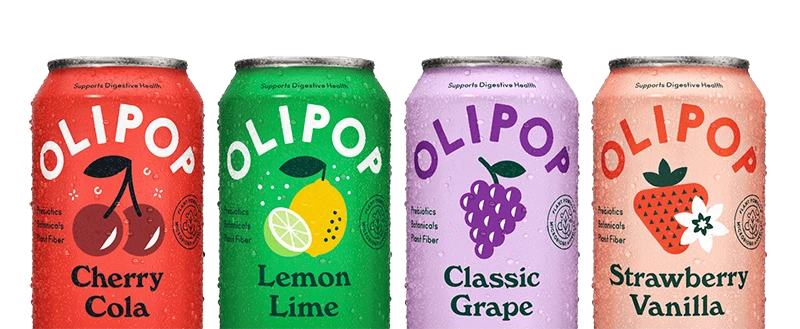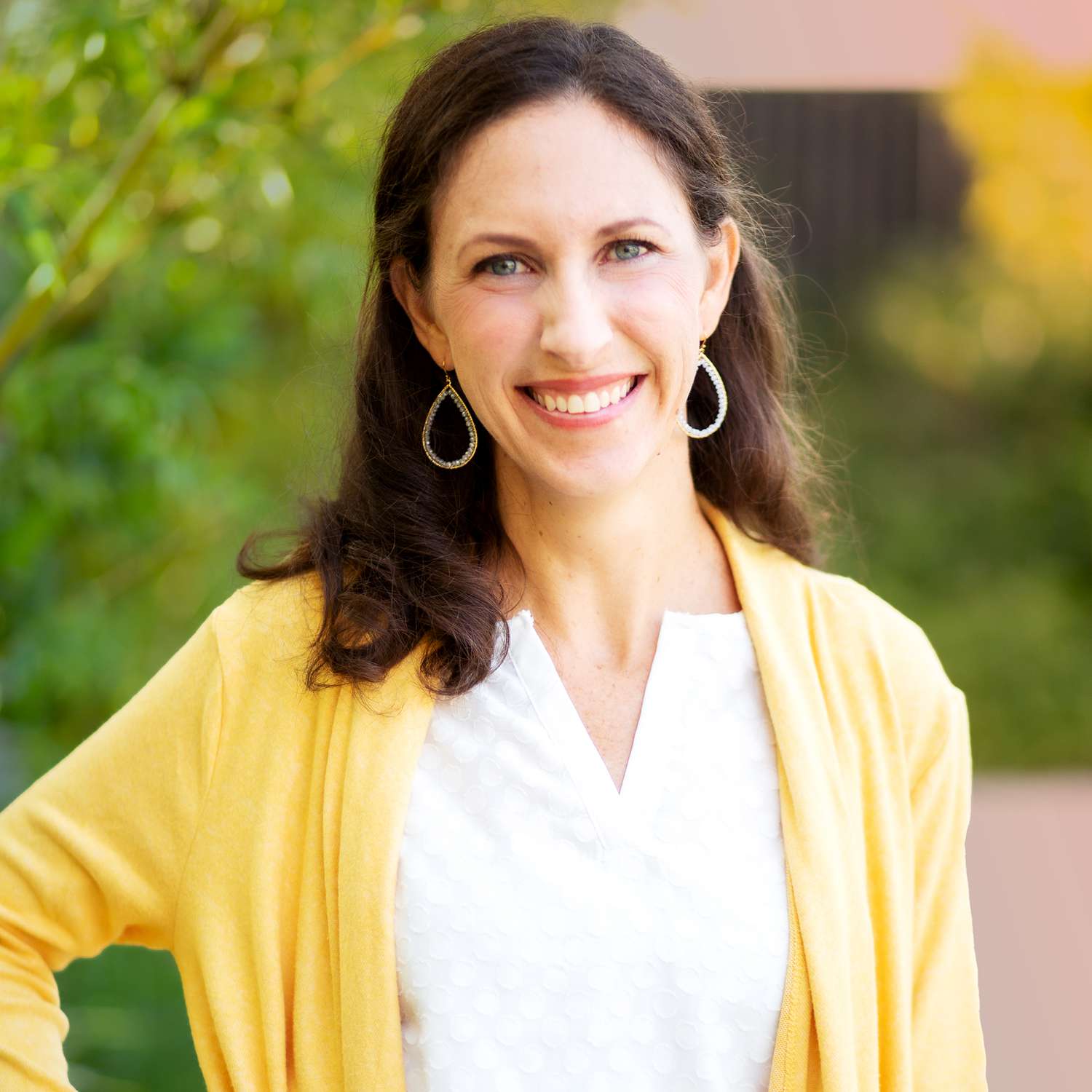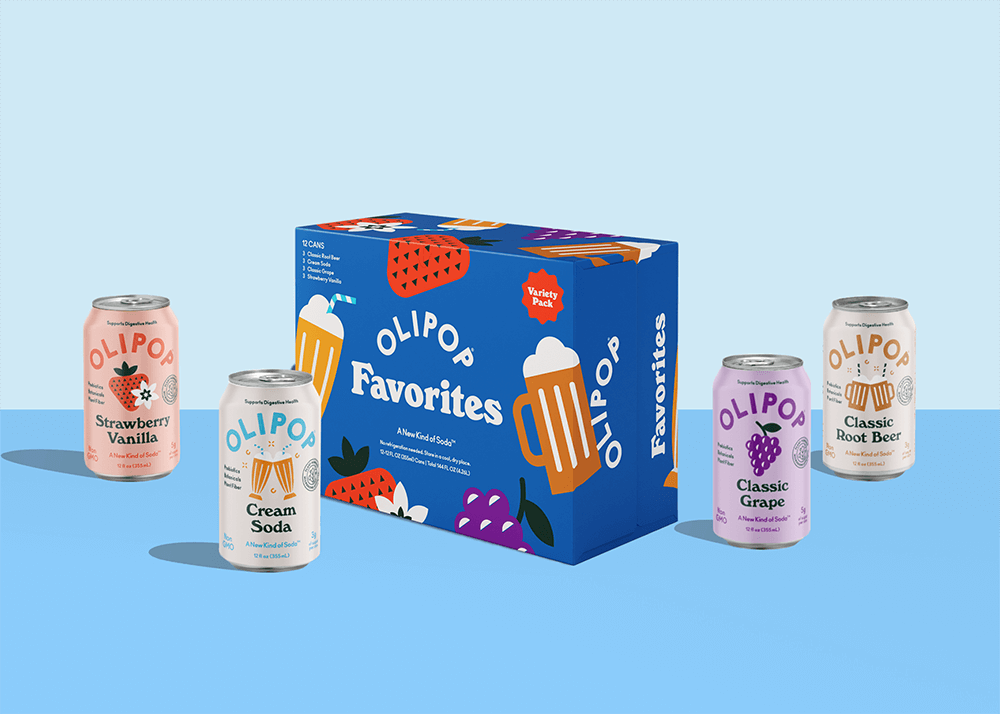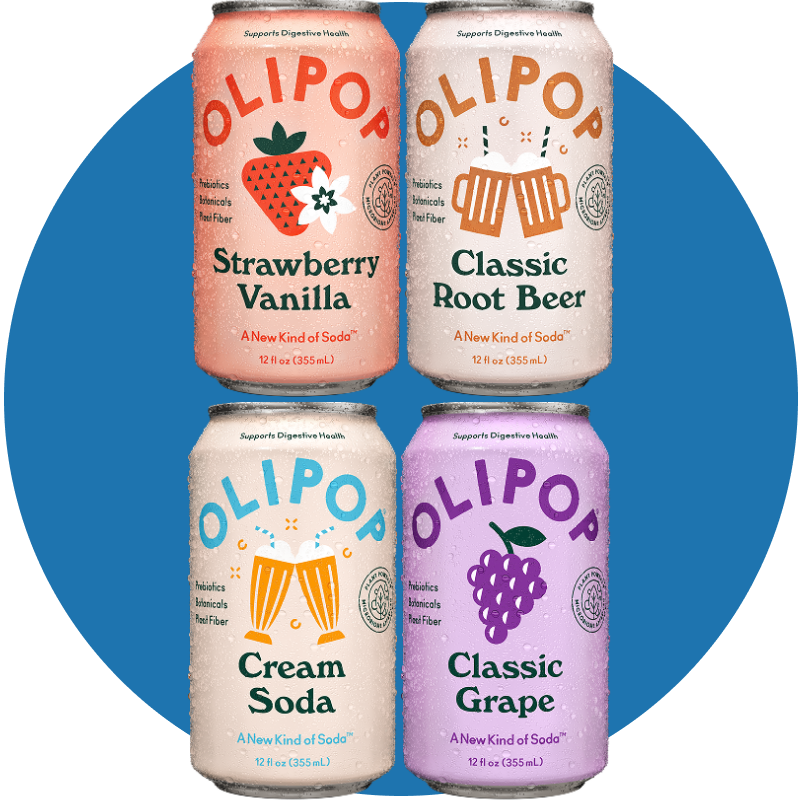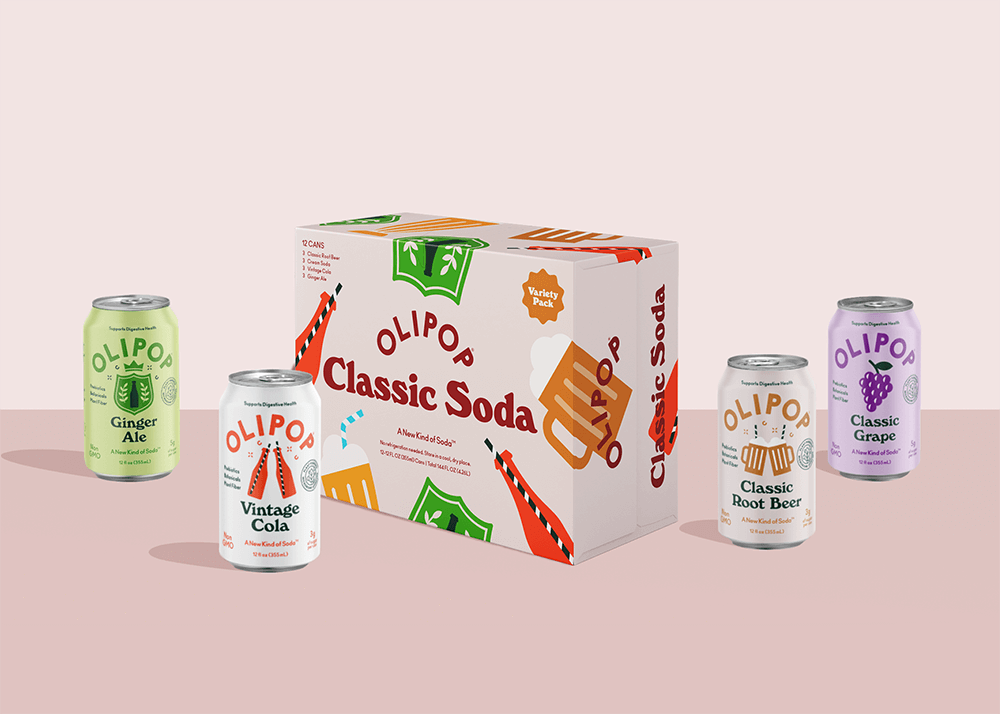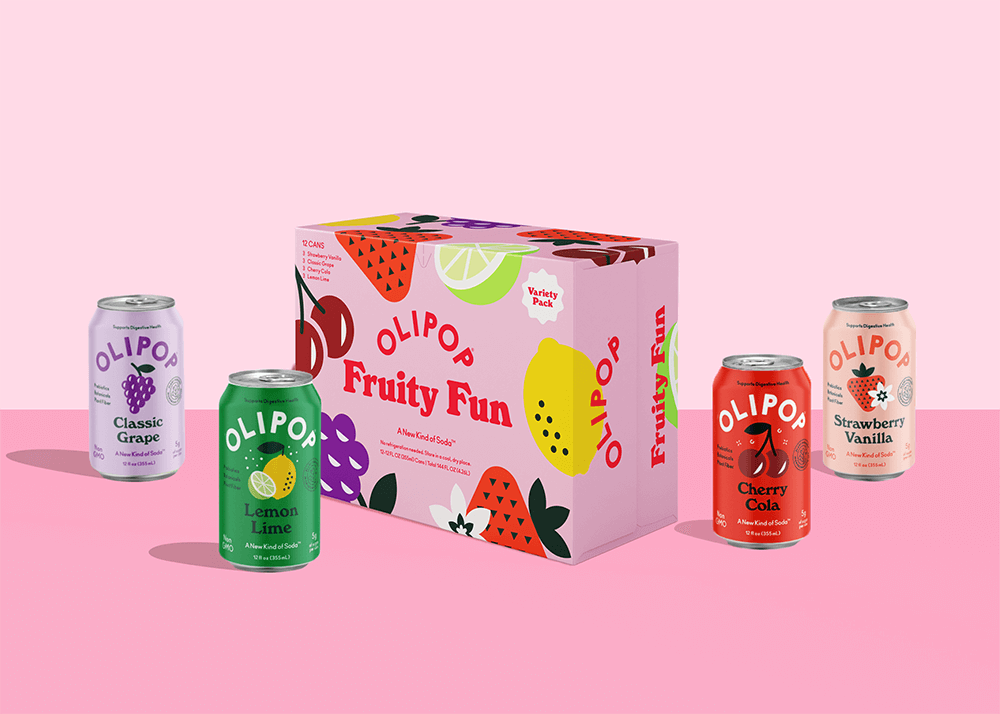Editor's Note: This article is reviewed by Lauren Manaker MS, RDN, LD, a registered dietitian and a paid contributor to OLIPOP. She specializes in digestive health and reviews OLIPOP content for scientific accuracy.
Before we can answer the question, “Is OLIPOP healthy?” we have to first define what the term “healthy” actually means. And spoiler alert: there’s no one-size-fits-all answer. What’s considered healthy varies from person to person, shaped by culture, personal preferences, dietary needs, and even family traditions.
And that’s okay! But when it comes to setting official food rules, the FDA is the one holding the clipboard—and they’ve been busy updating what “healthy” means on food labels.
What Does “Healthy” Mean?
In December 2024, the FDA finalized new rules for what it takes for a food to legally call itself “healthy” on packaging. Here’s the cheat sheet:
-
It has to contain a meaningful amount of foods from recommended food groups like fruits, vegetables, grains, dairy, or proteins.
-
It has to stay within strict limits for added sugars, saturated fats, and sodium.
-
The rule has a compliance date of February 25, 2028.
The big idea? “Healthy” isn’t just about a single nutrient like fiber or fat anymore. It’s about how food helps you build a balanced, nutrient-dense dietary pattern—the kind that’s linked to overall well-being.
Reality Check: Most Americans Aren’t There
According to the USDA, most Americans aren’t following a healthy dietary pattern. This impacts our health and well-being, weight, and even our risk for diet-related chronic conditions.
While fruits and veggies are the go-to image for “healthy,” every food and every beverage you choose throughout your day adds up to shape your overall dietary pattern. Even the smallest choices—like reaching for a sugary soda—can tip the balance over time.
How Does OLIPOP Fit In?
Although the FDA has strict regulations around when a food can use the word “healthy” on packaging, when it comes to building a balanced, nutrient-dense dietary pattern, OLIPOP can be a smart, satisfying swap for sugar-loaded sodas. Here’s how:
Less Added Sugar
The Dietary Guidelines for Americans are crystal clear: most of us are overdoing it on added sugar, and sugary drinks are one of the biggest culprits. OLIPOP offers less sugar (2-5g) than leading non-diet sodas, helping you cut back while still sipping something delicious.
More Fiber
Fiber isn’t just good for keeping things moving (if you know, you know). It supports healthy digestion, helps you feel fuller longer, and plays a role in maintaining a healthy microbiome.
The FDA’s updated guidelines reinforce what we already know: fiber is a major player in a balanced diet. It’s even labeled a “nutrient of public health concern” because most of us aren’t getting enough.
With up to 9g of fiber per can, OLIPOP helps bridge this fiber gap and makes it easy (and tasty) to boost your daily fiber intake. Plus: The FDA considers 6g or more of fiber per serving an “excellent source of fiber,” so OLIPOP’s fiber-packed fizz delivers in a big way.
No Saturated Fat
Some fats—like those from nuts, seeds, or avocados—deserve a standing ovation. But saturated fats? That’s a nutrient to watch, with the guidelines recommending keeping saturated fat to less than 10% of your daily calories. OLIPOP contains 0g total fat (like most beverages), so you can sip freely without adding extra saturated fat to your day.
Sweetened with Stevia
OLIPOP’s sweetness comes from plant-sourced stevia—not high fructose corn syrup. It’s one more way we keep things tasty, balanced, and aligned with the FDA’s added sugar guidelines.
Healthy Eating Isn’t Just About What’s On Your Plate
When we talk about healthy eating, we tend to focus on what’s on our plate—but what’s in your glass counts too. That’s why OLIPOP is here to help make that drink decision easier, without asking you to sacrifice taste, fun, or flavor.
OLIPOP delivers:
-
2–5g of sugar
-
6–9g of fiber (an “excellent” source)
-
0g total fat
-
A blend of functional ingredients to support digestive health
-
18 crave-worthy flavors
Defining Healthy: The Takeaway
According to the 2024 FDA guidelines, “healthy” is all about eating a well-rounded diet that includes fruits, vegetables, grains, dairy, and proteins while limiting your added sugars, saturated fats, and sodium. And honestly? This isn’t groundbreaking news; we’ve heard it all before. But that doesn’t mean it’s always easy to execute in real life.
At OLIPOP, we’re not here to preach or push—we’re here to make one small swap taste really, really good. So, while you work on adding more veggies or trying out whole grains, we’ll take care of the soda side of things.
Sources
-
U.S. Department of Agriculture and U.S. Department of Health and Human Services. (2020, December). Dietary Guidelines for Americans, 2020–2025 (9th Edition). https://www.dietaryguidelines.gov/sites/default/files/2021-03/Dietary_Guidelines_for_Americans-2020-2025.pdf
-
Use of the Term Healthy on Food Labeling. (2025, January 16). U.S. Food And Drug Administration. https://www.fda.gov/food/nutrition-food-labeling-and-critical-foods/use-term-healthy-food-labeling
- The FDA finalized new rules in 2024 that define "healthy" as containing a meaningful amount of foods from recommended food groups and staying within certain limits for added sugars, saturated fats, and sodium.
- When it comes to building a balanced, nutrient-dense dietary pattern, OLIPOP is a great choice for adding more fiber to your diet while lowering your intake of added sugars.





